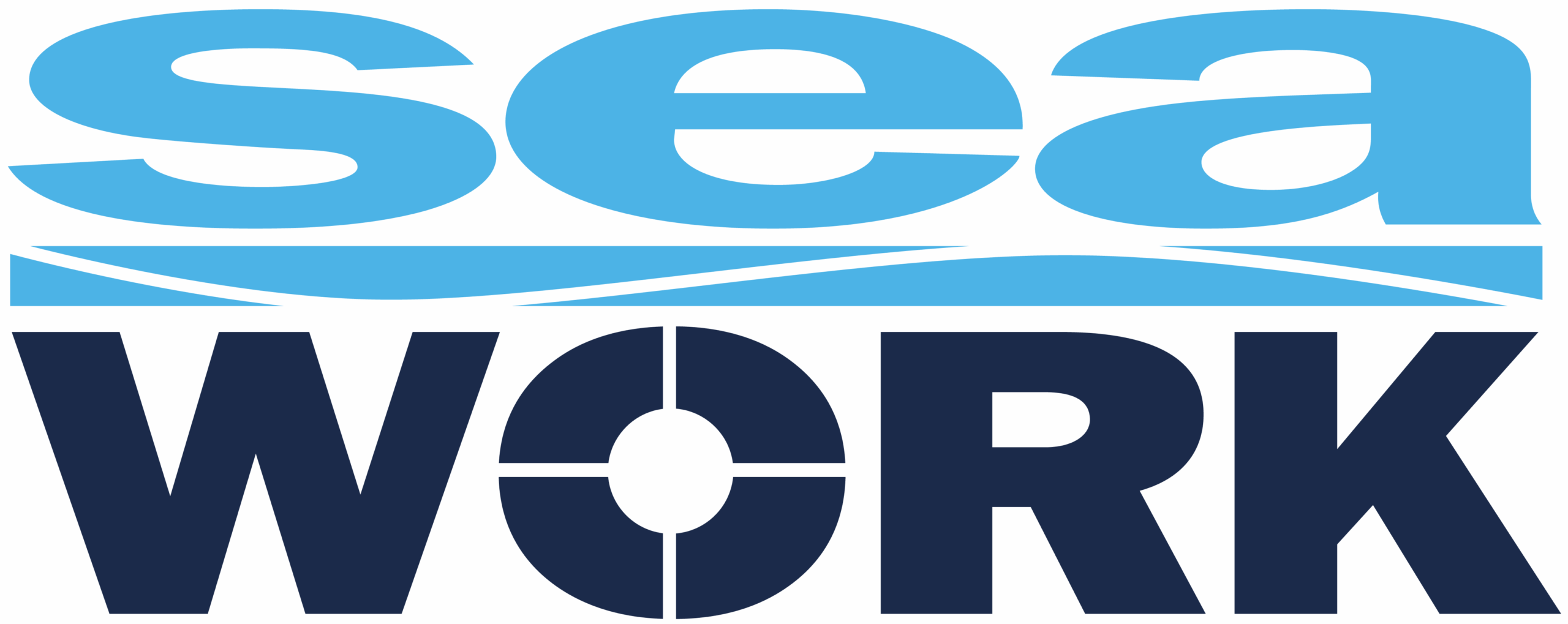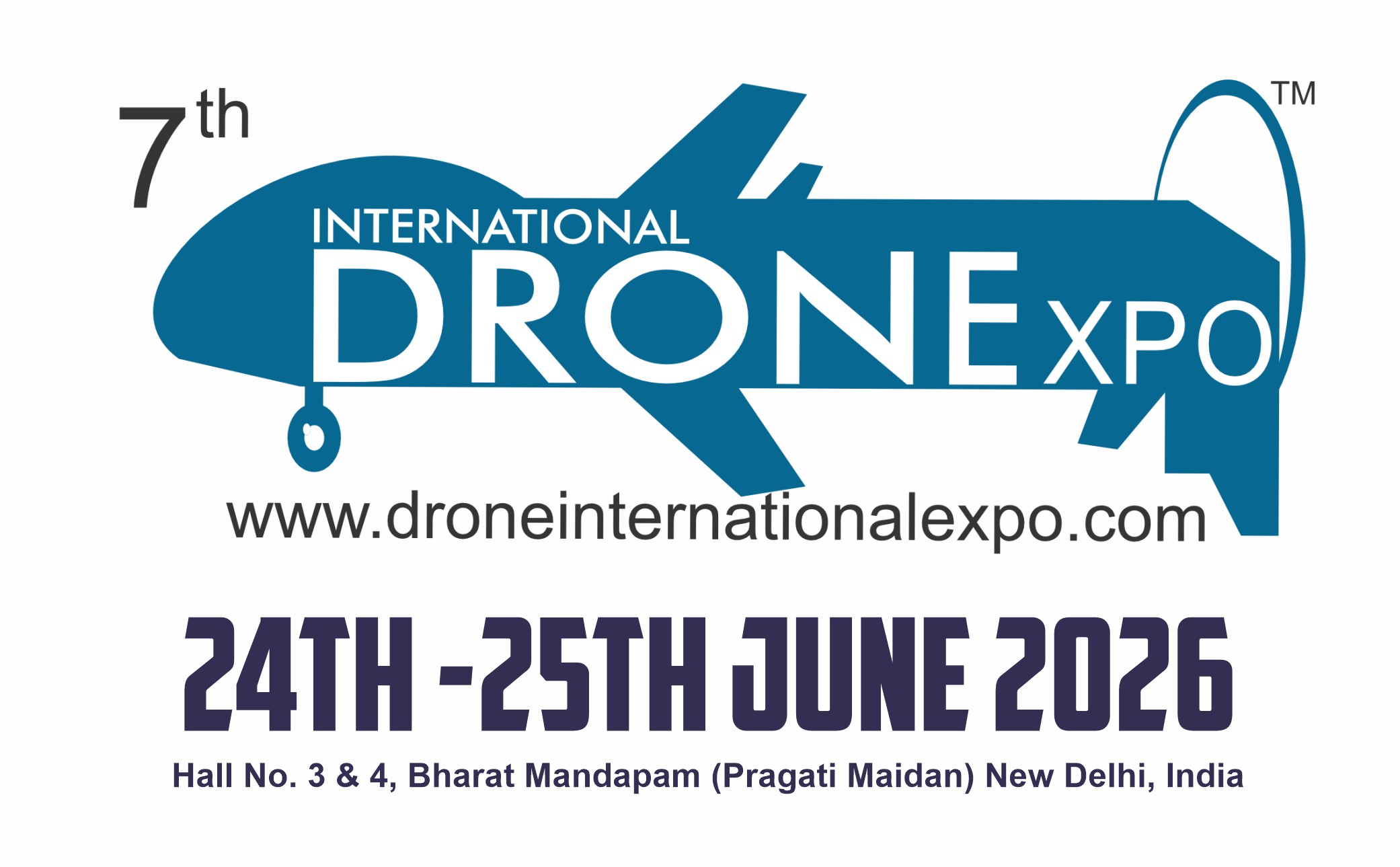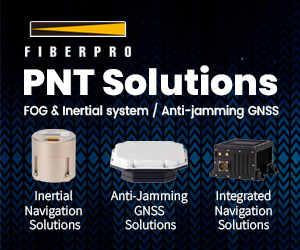Data transmission test on a high
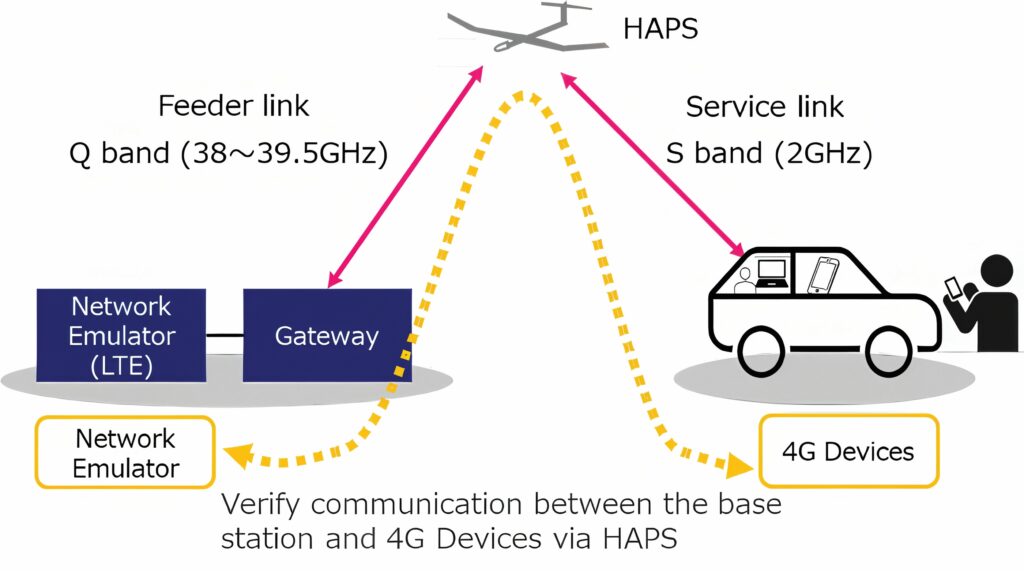
(Image courtesy of NTT DOCOMO)
Tests in Japan have shown successful data connection with an autonomous high altitude platform station (HAPS) flying at an altitude of 20km for the first time, writes Nick Flaherty.
The trial with Space Compass and NTT DOCOMO connected a 4G LTE base station on the ground with the HAPS at 38 GHz then down to smartphones on the ground in Kenya. The downlink used the S band at 2 GHz that can be received by mobile phones and covered an area with a diameter of 100 km to 200 km.
The HAPS system is the Zephyr (see issue 53), which is designed, manufactured and operated by AALTO HAPS, a subsidiary of Airbus Defence and Space.
The LTE base station was connected to the ground gateway station, and a non-regenerative relay reflected the radio waves through the communication device mounted on the HAPS flying in the stratosphere, connecting to the 4G device on the ground.
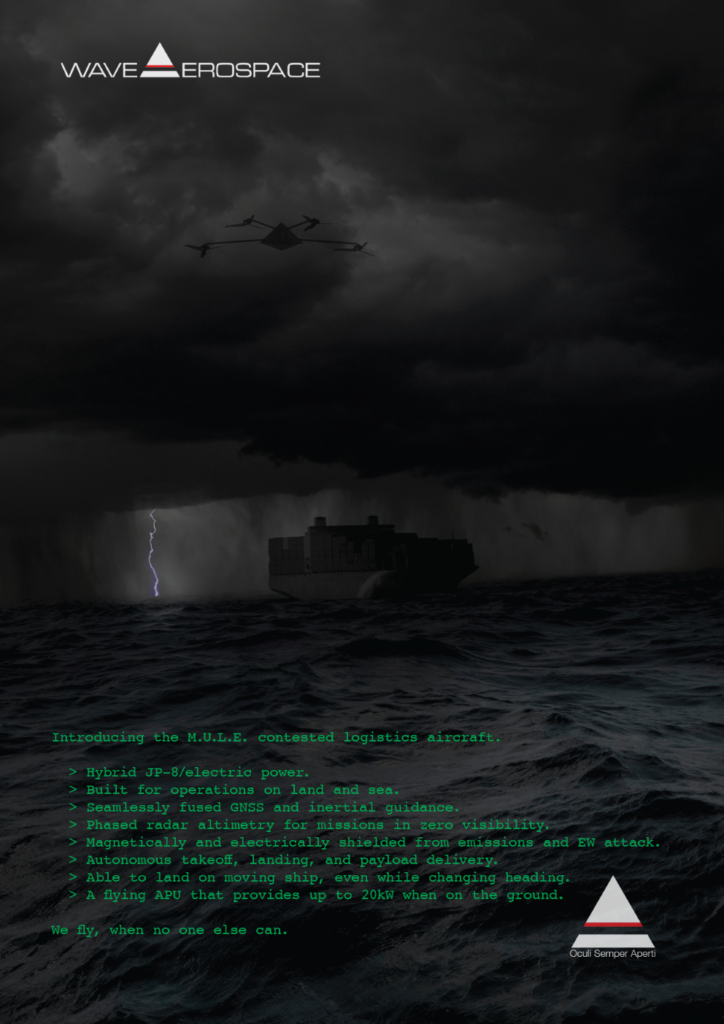
This showed a throughput of more than 4.66 Mbit/s during reception of the radio wave transmitted from the ground gateway station to the 4G device via HAPS.
The technology to stabilize the beam to provide the connectivity coverage at a certain position toward a fixed point on the ground from the HAPS rotating in the stratosphere was implemented.
Space Compass and NTT DOCOMO plan to launch a commercial service using the Zephyr HAPS in 2026 to provide mobile phone and data coverage in disaster areas as the Zephyr can stay in the air for over two months in trials.
Space Compass and NTT DOCOMO are also developing a second connection from the HAPS up to satellites in low earth orbit as part of the radio access network to provide even wider access.
UPCOMING EVENTS





